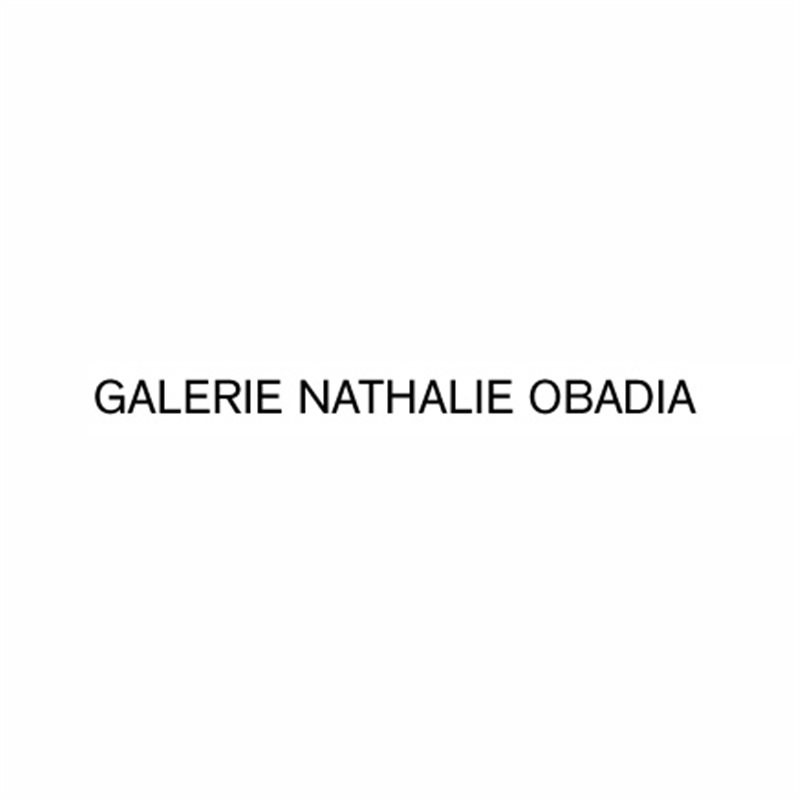 Nathalie Obadia Gallery
Nathalie Obadia Gallery
Galerie Nathalie Obadia is pleased to announce the third exhibition by artist Shahpour Pouyan and his first in Brussels, in parallel with the exhibition dedicated to him at the Museum Dhont-Dhaenens in Ghent, Skyhigh is my place. One of the most renowned Iranian artists on the international art scene, Shahpour Pouyan brings forward a pluralistic and poetic artistic oeuvre exploring the symbols and material witnesses of power, domination and hubris throughout the History of civilizations.
Deeply influenced by a cultural heritage from which his work testifies to a great erudition, Shahpour Pouyan confronts this rhetoric of power to his personal experience regarding origins and belonging, often reflecting current socio-political concerns. Historical Iranian visual art vocabulary, alongside Western architecture, constitutes the matrix of a work echoing to the contemporary realm, which finds shape in the art of miniature, painting, and ceramics or installations. In this exhibition, the artist proposes a journey through the three cycles of life, symbolized by each gallery floor.
The exhibition, therefore, begins with the origin of the world through the prism of Zoroastrian cosmology. Water, earth, and fire, three sacred elements of the Pre-Islamic Persian religions, are represented by painted ceramic discs whose iconographic purity recalls the distant period of medieval beliefs. A sculpture in the shape of a block of water, a sample of the first ocean, represents the original formlessness, water as the source of all things, while the mountain is summoned in all its sacred dimensions.
The second floor is devoted to History, or man's imprint on the earth; in this chapter, diffuse with an autobiographical aspect, the artist's interest shifts to architectural symbolism. The principle of edification, the very purpose and essence of human activity, determines each ensemble of works in both the literal and figurative sense. Hence, the miniatures, altered reproductions from pre-modern Iranian manuscripts in which all the characters have been carefully extracted, represent Persians' historical walls built over several millennia to protect the homeland from barbarians-further exploring the concept of decontextualization, the three works on canvas display sections of walls floating in the sky, with canonical attributes: Persian ornaments, Roman arches, watchtowers and gargoyles conferring them a universal scope. A part of the Altarpiece of St. Francis painted in 1437 by Sassetta inspired the artist to create this oneiric imagery: drawn from the castle in the sky representing the dream of a celestial city by St. Francis of Assisi.
These multiple walls testify to one constant in the History of humanity and throughout the centuries: the systematic exclusion of the "foreigner" by constructions loaded with connotations. Metaphorically, these are all the sources of division and social inequality, the "invisible walls" that Shahpour Pouyan has witnessed time and again over the last decade. Two terracotta gargoyles tower those paintings as the artist continues to play with the gallery's elevations. They caricature the two sworn enemies of the ancient Western world: Xerxes and Hannibal.
The exhibition continues, on the top floor, with the afterlife. A series of ceramic architectures conceived as reliquaries straddle the line between dream and death: influenced by constructions of various styles, they take on a chimerical form on which rests a human skull acting as a cupola. Shahpour Pouyan considers these works monuments, made in honour and modelled after intellectuals, thinkers, and artists who became eternal through their creations. For the last few years, the artist has found inspiration in the different iterations of the dome as an architectural motif, coupling national variations of the structure with research into his own genetic heritage to fashion monuments to human civilization.
In the context of this exhibition, these works somehow convey the memory of ancestral cults where skull caps could be used as chalices for libations, with the idea of enclosing souls.
In keeping with the vanitas tradition, the representation of death through the medium of a skull reveals the emptiness of all human endeavour. A marble work completes this parallel with art history and religious reasoning. The skull and flowers were faithfully produced from the 13th-century medieval French illustration that accompanied the English poem "The Three Dead Kings", the famous memento mori after which the exhibition is titled. The theme of the pleasures of the flesh and fatal destiny, omnipresent in European ecclesiastical art and which has endured for centuries, takes form here with due respect for the inaccuracy and naivety of the skull anatomy in the illustration.
Shahpour Pouyan confirms once again the subtlety and refinement of his artistic approach, marked by multiple confluences and guided by the poetry of forms, uniting past and present.
